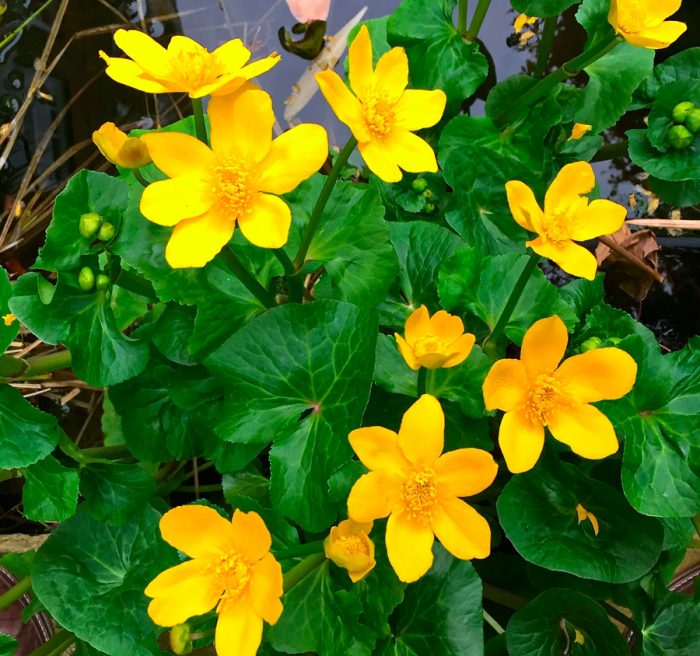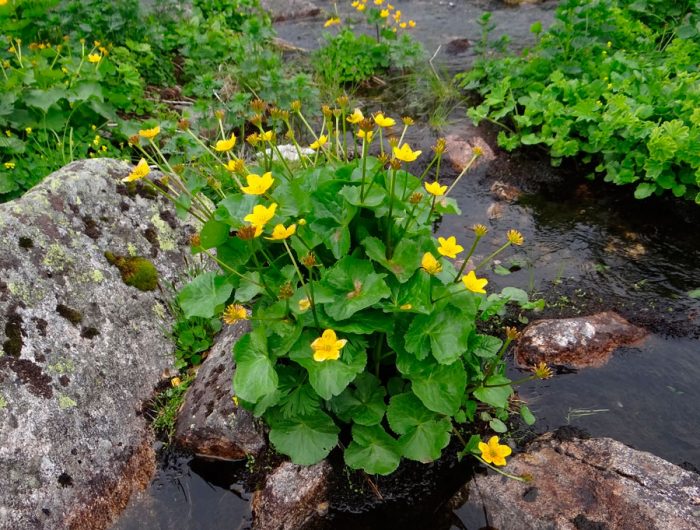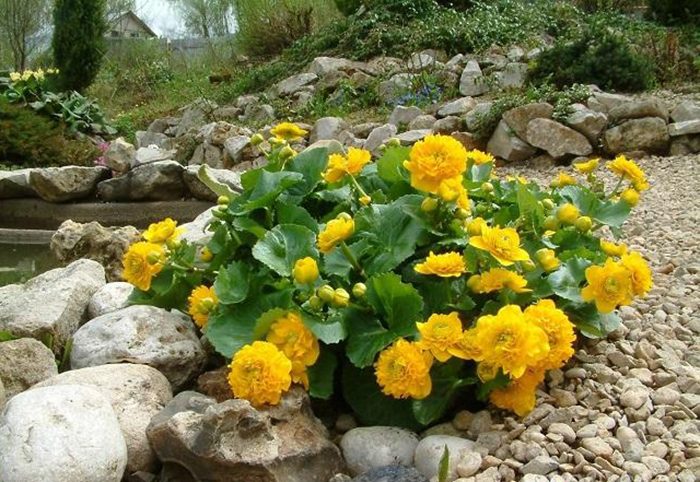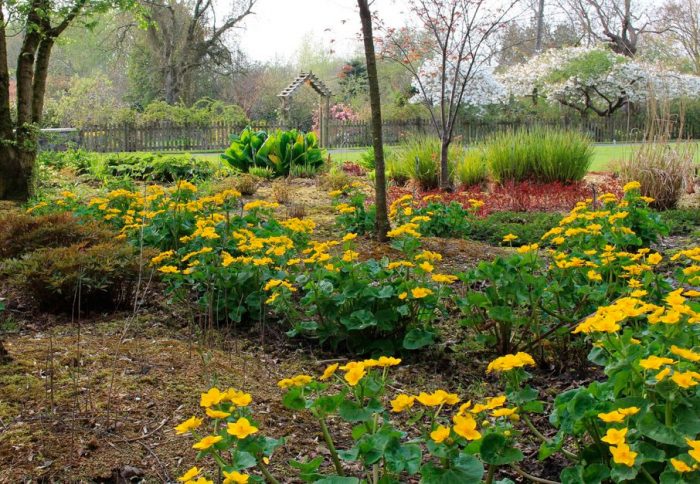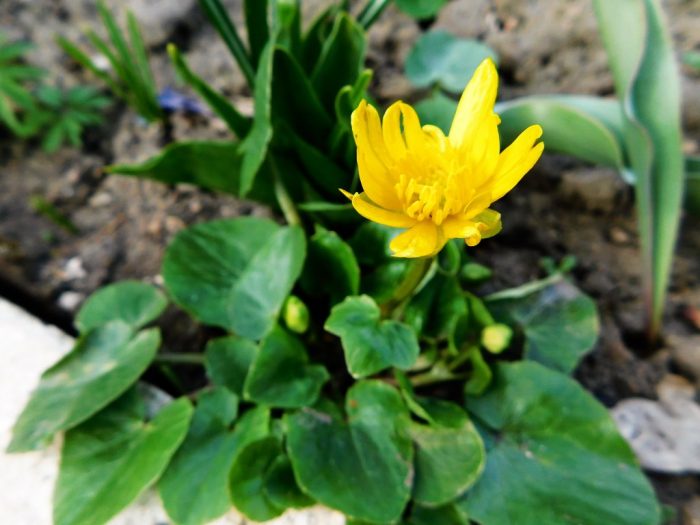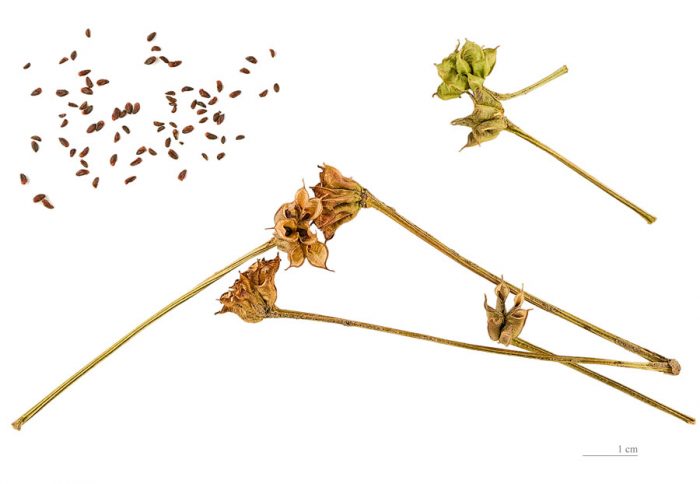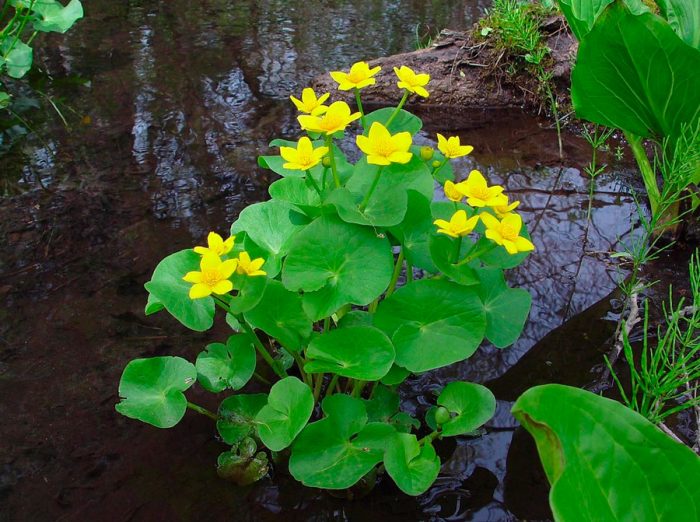The herbaceous perennial plant marigold (Caltha) is a member of the Buttercup family. This genus unites about 40 species. The scientific name of this genus comes from the Greek word, in translation it means "basket" or "bowl", this is due to the shape of the flower. The Russian name for this flower comes from the old Russian word "kaluha", which translates as "swamp" or "puddle". Popularly, this flower is also called a water snake and a paddling pool. The most popular species among gardeners is the marsh marigold. In the wild, this species can be found in Mongolia, in the mountains of the Indian subcontinent, in North America, Japan, and also practically throughout Europe, in addition to the southern regions.
Content
Features of the marigold
Marsh marigold is cultivated as an ornamental plant. This species has 2 garden forms. The bare fleshy leafy shoot is usually erect (ascending or ascending), less often recumbent. Plant height varies from 0.03 to 0.4 m. Roots are cord-like, they are collected in a bunch. Alternate solid glossy bare leaf plates of dark green color can be reniform or cordate, their edge is crenate-toothed or crenate. Basal leaf plates, reaching 0.2 m in diameter, have juicy and rather long petioles. The bracts are sessile. Long stalks grow in the upper leaf axils, and this happens in April or May. They grow about 7 flowers of yellow, orange or golden color, they reach 0.5 cm in diameter. The corolla includes 5 leaves, the length of which is about 2.5 cm. The fruit is a multileaf. The number of leaflets is equal to the number of pistils, in one flower there are from 2 to 12 pieces. One leaflet ripens about 10 glossy black seeds. In each part of the marsh marigold there is a small amount of poison.
Growing marigold in the open field
Landing
It is recommended to choose wet and open areas for planting marigold. It can also be planted in a shaded area under a deciduous tree, but keep in mind that the plant must receive sufficient light during flowering. The soil for planting is moist and fertile. The marigold can also be planted in dry soil, but in this case it must be watered regularly.Saplings should be planted in open soil in the first autumn or spring weeks, a distance of 0.3 m should be kept between them.When the flowers are planted, they should be well watered, and the bushes should be shaded from the south side until they take root and adapt to a new place.
Caring for marigold in the garden
Kaluzhnitsa is characterized by resistance to frost and unpretentiousness. The main thing in caring for her is watering. It should be systematic and sufficient, while it should be borne in mind that the soil on the site should be constantly slightly damp. The surface of the earth around the bushes must be systematically loosened, and timely weeding must be done. The plant needs 2 or 3 additional fertilizing during the season; for this, a complex mineral fertilizer is used. Once every 3 or 4 years, a marigold transplant is carried out, during which its roots are divided. The fact is that this plant can grow strongly over the years, which is why it loses its spectacular appearance.
Reproduction of marigold
For propagation of this culture, seeds are used, as well as layering, you can still divide the bush. In the marigold, the root system is located horizontally, in this regard, it is quite easy to remove the bush from the ground. This is done in early spring or in the first autumn weeks. The dug out bush must be divided into several parts, breaking it with your hands; this is quite simple to do. After the bush is divided, the cuttings are planted in a permanent place, while the landing pits or grooves must be prepared in advance. A distance of 0.3–0.35 m should be kept between the bushes. The planted cuttings should be well watered. They are also shaded for the first time from the sun's rays from the south.
Reproduction by layering
In order to propagate this flower by layering, you will need to put its shoots on the surface of the soil, and when they are fixed, sprinkle them with nutritious soil on top. Throughout the season, the layers need regular watering and feeding, just like an adult plant. With the onset of spring, it will be necessary to cut off the small rosettes formed on the layers. After that, they need to be dropped off at a permanent place.
Seed propagation
The seed method of reproduction is not very popular, since the seed quickly becomes non-germinating. It is much easier to find this plant in the forest and transplant it to your garden plot. However, if you have fresh seed, you can try to grow marigold from it. Seeds are sown immediately after they are harvested, usually in June, with the seedlings showing up at the end of summer. If sowing is done in winter, then seedlings should be expected only next spring. In spring, seeds are sown in a container or box, after which the crops will need to be stratified in stages. To do this, they are kept at a temperature of 10 degrees for four weeks, after which they are placed in a warmer place for 8 weeks (from 18 to 20 degrees). When the last stage comes to an end, the first seedlings should appear. The grown and matured seedlings are transplanted into open soil. The first flowering of such bushes can be seen only in the second or third year of growth.
Diseases and pests
This plant has a very high resistance to diseases and various pests. If the plant is properly looked after and adhered to the rules of agricultural technology of a given culture, then it should not cause trouble for the gardener. Particular attention should be paid to watering. If the bushes do not receive water in the required volume, then their wilting will begin.
Types and varieties of marigold with photos and names
Marsh marigold (Сaltha palustris)
As mentioned above, the most popular species among gardeners is the marsh marigold (Сaltha palustris). A detailed description of this species can also be found at the beginning of the article.This species has only 2 garden forms, they have double flowers, and they have a yellowish and white color. Less often, gardeners cultivate other types of marigold, for example:
Fistus marigold (Сaltha fistulosa)
This species is considered a Sakhalin-North Japanese endem. It is one of the most powerful and beautiful marigold species. Its hollow, branched and thick shoots, when the plant only blooms, are about 0.2 meters high. However, during ripening, the fruit can be about 1.2 meters high. Leathery and dense rounded leaf plates have rather long petioles. The loose inflorescence consists of large, rich yellow flowers, reaching 70 millimeters in diameter. This species blooms en masse in the last days of May.
Polypetal marigold (Сaltha polypetala = Caltha orthorhyncha)
The homeland of this species is the swamps of the subalpine and alpine regions of the Caucasus Mountains and Asia. The height of the bush is about 0.15–0.3 meters. The yellow-golden flowers reach about 80 millimeters in diameter. This plant blooms in May – June.
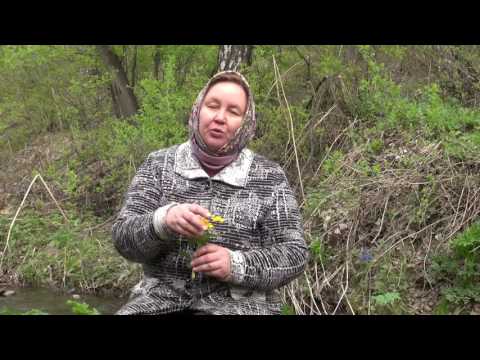

Watch this video on YouTube

